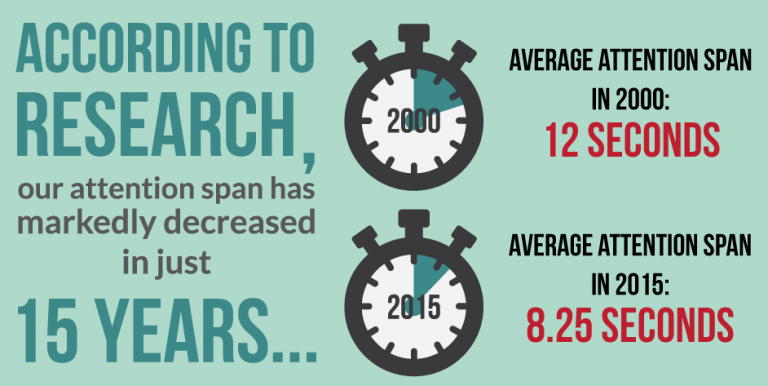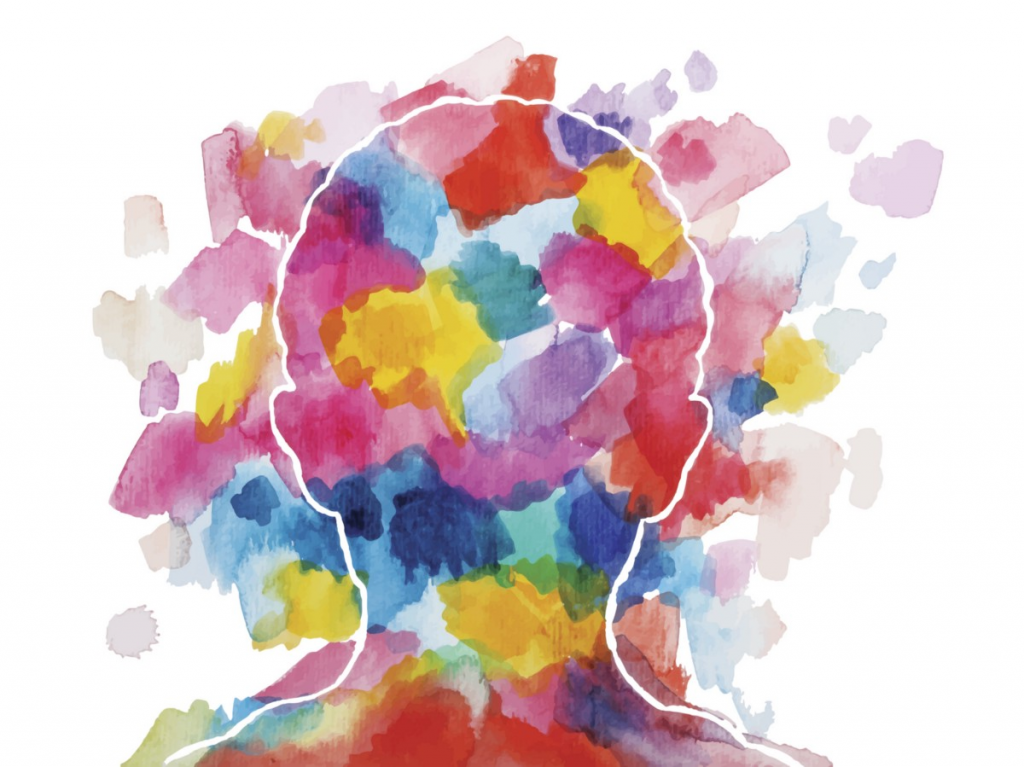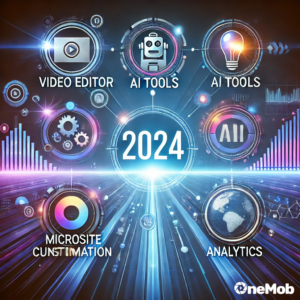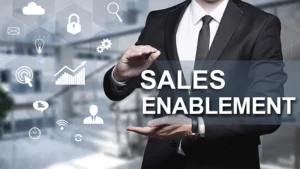The average attention span for the notoriously ill-focused goldfish is nine seconds, but according to a study from Microsoft Corp., people now generally lose concentration after eight seconds, highlighting the affects of an increasingly digitalized lifestyle on the brain.
In Canada, researchers surveyed 2,000 participants and recorded the brain activity of 112 other people using electroencephalograms (EEG). Since the year 2000 (or around the time the mobile revolution began), Microsoft found that, in 15 years, the average attention span has fallen from 12 seconds to eight seconds.
Our digitized lives are run by that nifty device in your pocket – friend or foe? In addition to connecting with friends and family, planning your social life, keeping up to date on current affairs, and motivating and tracking your exercise, your smartphone can also make you feel inadequate, distract you from your work, and encourage reckless spending.
One study from the American Psychological Association found that nearly one-fifth of people say technology is a source of stress. Then there are the potential physical effects of being “always on,” from neck pain (and wrinkles) to elevated blood pressure. How can we make sure we are reaching our distracted and possibly stressed customers that struggle to focus?
- Quality over Quantity
A lot of people think that more content is better, but this isn’t always true. Focus on writing or creating quality content that appeals to the audience and gets their attention right away.
- Be clear in your message
The message doesn’t have to be complicated, but it does need to be clear and concise so people know what they’re reading or watching is worth the time investment (even if they don’t finish it).
- Focus on user experience and ease of navigation
Make sure there aren’t too many clicks between where a user finds your website/app and where they have access to what they want from you! Also keep things simple by focusing each page/section around one main point instead of trying too hard for depth with every piece of content.
- Appeal to customer desires – tell stories
Learn how to be successful at storytelling by focusing on themes, building stories around emotion, and following some key video tips. Best way to get attention with your stories is through video.
Focus on Big-Picture Themes
Organizations in the B2B and B2C sectors are starting to tell bigger stories around overarching themes instead of product-focused videos.
The Red Bull brand sells more than energy drinks, it sells the spirit of extreme sport, competition, and rock star living.
The biggest lesson in sharing content is that the story shouldn’t be about you, but instead, what you do for others. Look beyond the basics to find the “why” behind what your organization does, and market/sell that. If you sell solar panel software, your video message should be focused on saving the earth and the fight against climate change. If you sell telecommunications software, tell a story about connections and real people.
This is especially effective for top-of-funnel content, where inspiring messages can help attract people to your brand. Research shows that consumers perceive the same type of personality characteristics in brands as they do in other people. Make sure you know what ones you want them to associate with your brand.
Building stories around emotion
Brands are getting emotional in their video marketing because emotions compel action, according to Psychology Today. In fact, emotional ads are almost twice as effective as those with only rational content, according to Neuromarketing.
Some emotions are more effective than others for driving certain types of actions, according to HubSpot:
- Happiness leads to sharing
- Sadness leads to giving
- Fear leads to loyalty
- Anger leads to virility
When creating your videos, start off with a clear vision of the feeling you want your audience to walk away with and how your story will create the emotional undertone that will make viewers want to follow through on your call to action.
Key video tips are included in this playlist on YouTube.
5. Use rich media, like videos and make the first 8 seconds attention-grabbing

Creating more engaging content that draws attention and relieves the stress of digital overload can result in better interaction with your customers and potential customers. OneMob helps you easily create and share the content that will increase that interaction. Get started with OneMob today for free! (Just click here and keep the video short.)










